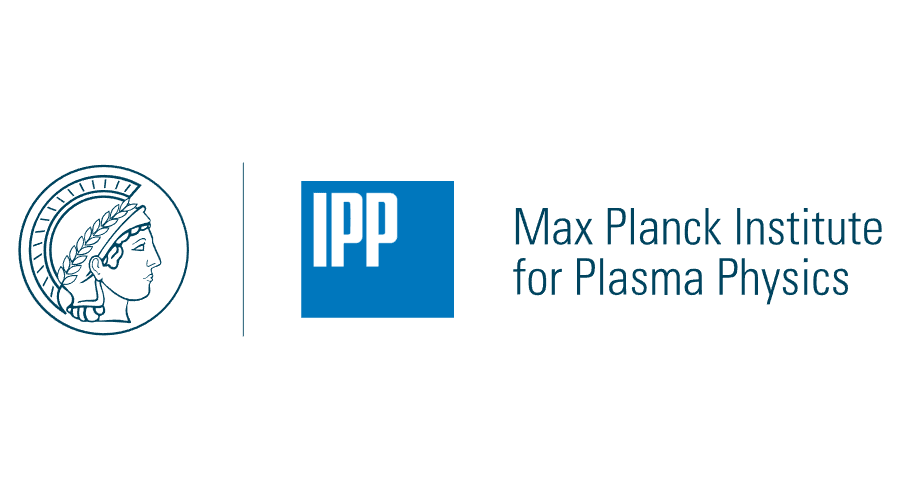Part 1 of 2 Parts
The Max Planck Institute for Plasma Physics (IPP) is a physics institute investigating the physical foundation of a fusion power plant. The IPP is an institute of the Max Planck Society, part of the European Atomic Energy Community, and an associated member of the Helmholtz Association.
The IPP is researching stellarators for nuclear fusion. It uses magnetic fields to confine plasma in a chamber shaped like a donut. Stellarators use extremely strong electromagnets to produces twisting magnetic fields that wrap lengthwise around the donut. They have several advantages over tokamaks which are the most popular design for experimental fusion reactors. They require less power to sustain a plasma, have greater flexibility of design and allow for some simplification of plasma control when compared to tokamaks. On the other hand, they are more complex than tokamak designs.
One of the projects at the IPP is the experimental Wendelstein 7-X stellarator. It was built in Greifswald, Germany. It was constructed to advance stellarator technology to evaluate the main components of a future nuclear fusion power plant. The design was based on the predecessor Wendelstein 7-AS reactor.
One of the most important optimization goals for the Wendelstein 7-X has now been verified. In the optimized magnetic field cage, the energy losses of the plasma are reduced in the intended way. The Wendelstein 7-X is designed to prove that the problems with earlier stellarators can be solved and that stellarators will be suitable for the construction of commercial nuclear fusion power plants.
The optimized Wendelstein 7-X stellarator went into operation five years ago. The magnetic field encloses the hot plasma and keeps it away from the wall of the containment vessel. Its design was produced with great theoretical and computational effort in a way that the disadvantages of earlier stellarator could be avoided. One of the most important goals for the IPP was to reduce the energy losses of the plasma which are caused by ripples in the magnetic field. The result of these ripple is to cause plasma particles to drift outwards from the magnetic trap and be lost.
In competing tokamaks, this type of energy loss is not the major problem that it is for stellarators. It can cause the energy losses to increase so much with increasing temperatures that a power plant designed on this basis would be very large and very expensive.
The symmetrical shape of tokamaks prevents the magnetic field ripples from growing to the point where they cause a significant problem. In a tokamak, the energy losses are mainly determined by small vortex movements in the plasma which is also the case in stellarators. Lowering the magnetic ripple losses in stellarators are necessary to match the good confinement properties of the tokamaks. The magnetic field of the Wendelstein 7-X was designed to minimize those losses.
Dr, Craig Beidler works in the IPP’s Stellarator Theory Division. His team conducted a detailed analysis of the experimental results of the Wendelstein 7-X to ascertain whether their planned optimization would lead to the desired effect. With the heating devices currently available, the Wendelstein 7-X has already been able to generate high-temperature plasmas and has set the stellarator world record for the “fusion product” at high temperatures. This product of temperature, plasma density and energy confinement times indicates how close the device has come to the values necessary for a burning plasma that generates more energy that it consumes.
Please read Part 2 next
